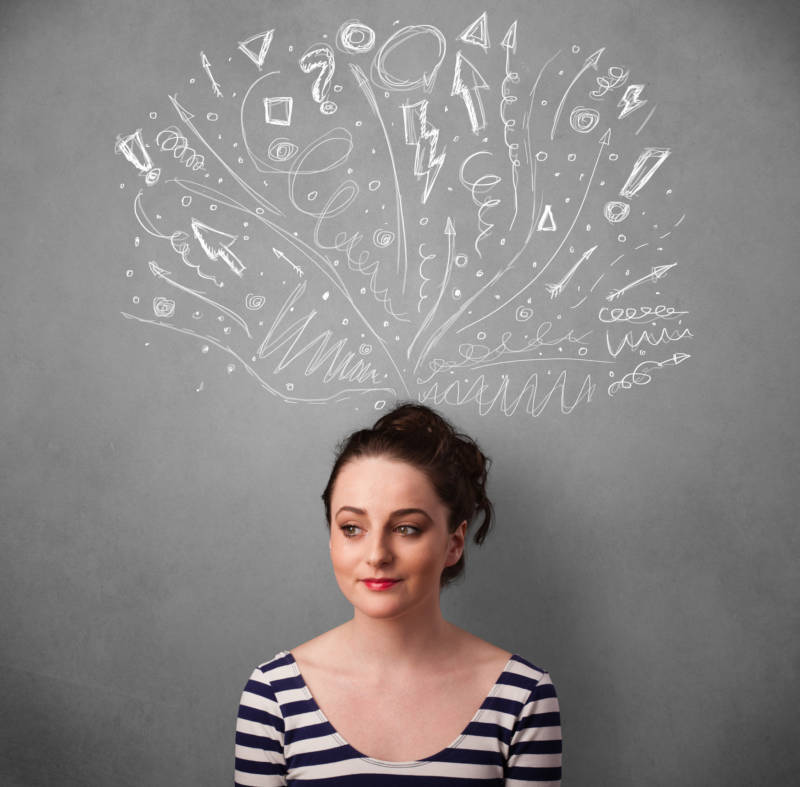There are a lot of skills necessary to succeed in school that aren't directly about mastering content, including the ability to recognize, name and control ones emotions. The school day often comes with lots of emotion, everything from elation to frustration, which makes it the perfect place to practice self-regulation.
"One of the most authentic ways for me to help them expand their own vocabulary is to use my personal experience with my own emotions in the classroom," said Lindsey Minder, a second grade teacher. She regularly models describing how she's feeling and why throughout the school day, as well as demonstrating simple practices like taking a deep breath to calm down.
"One of the critical features of learning is modeling," said Linda Darling-Hammond, president and CEO of the Learning Policy Institute in an Edutopia series on the science of learning. "We learn by watching others. In this classroom, we see the teacher modeling her recognition of her emotions and also modeling how she deals with them in productive ways. And that is the first step in helping children learn to manage their own emotions."
This type of modeling also helps students recognize that their teachers are people too, and that like students, they get frustrated when no one listens or follows directions. It builds empathy to know that all humans experience a range of emotions across a day and each person is doing their best to manage them productively.


